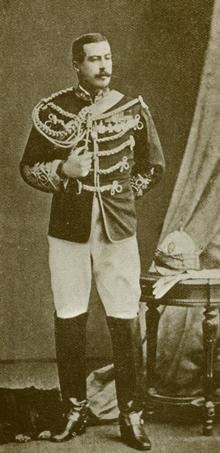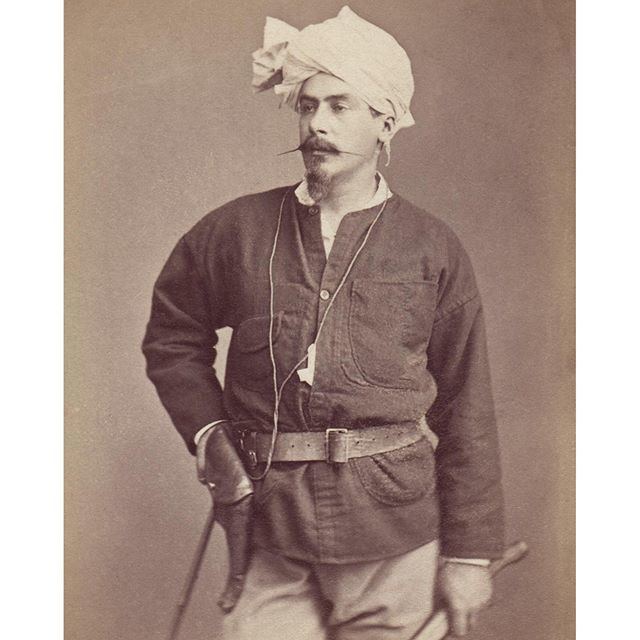Rank Major general | Role Armed force officer Name Reginald Sartorius | |
 | ||
Battles/wars Bhutan WarIndian MutinySecond Anglo-Afghan WarThird Anglo-Ashanti War Relations Admiral of the Fleet Sir George Rose Sartorius (father)Major General Euston Henry Sartorius VC (brother) Battles and wars Bhutan War, Indian Rebellion of 1857, Second Anglo-Afghan War, Anglo-Ashanti wars | ||
Major General Reginald William Sartorius (4 May 1841 – 8 August 1907) was a recipient of the Victoria Cross, the highest and most prestigious award for gallantry in the face of the enemy that can be awarded to British and Commonwealth forces.
Contents

Details
Sartorius was 32 years old, and a major in the 6th Bengal Cavalry, British Indian Army, during the First Ashanti Expedition when the following deed took place for which he was awarded the VC.
On 17 January 1874 during the attack on Abogu, Ashanti (now Ghana), Major Sartorius removed, under heavy fire, a mortally wounded Houssa non-commissioned officer and placed him under cover. His citation read:
For having during the attack on Abogoo, on the 17th January last, removed from under a heavy fire Serjeant-Major Braimah Doctor, a Housa Non-Commissioned Officer, who was mortally wounded, and placed him under cover.
Further information
His father was Admiral of the Fleet Sir George Rose Sartorius and his brother was Major General Euston Henry Sartorius VC. Educated at Victoria College, Jersey; one of the school's five Houses was later named after the brothers. He later achieved the rank of major general having served in the Second Anglo-Afghan War and the Bhutan War.
The medal
His Victoria Cross is displayed at the National Army Museum, Chelsea, London.
